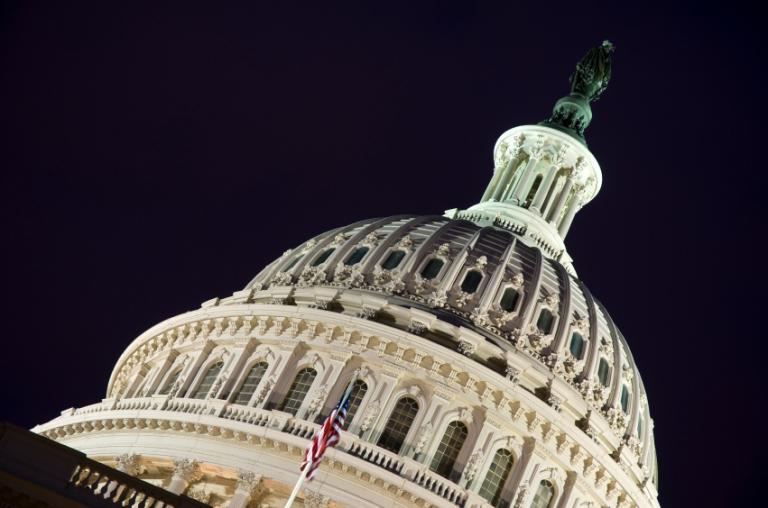As the world assembles in Doha to debate climate change policy, solutions, and costs, few attendees at “COP18” are looking at this as a profit-making opportunity. If they did, there might be agreements among nations instead of continued gridlock and finger-pointing.
Over two decades ago, scientists warned that growing carbon pollution in the atmosphere would result in sea level rise, which in turn would result in more flooding and damage, as storms became more frequent, intense and long lasting. England listened and profited from their actions. The US mostly ignored the warnings and paid the price in the aftermath of Katrina, Irene, and Sandy, not to mention the impacts of the recent drought in our mid-west, which was likely exacerbated by the same causes.
Alarmed by insurance companies raising rates or withdrawing entirely from the London market, the UK government embarked on an infrastructure program costing four billion pounds more than two decades ago. They raised electrical transformers, strengthened barriers on the Thames River, added barriers and pumps for the Underground and tunnels, installed reliable back-up communications systems, and made other improvements that insurance companies predicted would avert an estimated eighty billion pounds of damage.
Not a bad ROI on that initial investment and one wonders how much damage New York might have averted with similar foresighted investments. Nor was the ROI limited to protection against the elements. Insurance companies came back into the London market and competed for business, lowering costs for everyone who lives and does business there.
Closer to home, Sims Metals Management looked at the science and decided it was worth an additional $550,000 investment in the construction of their new $100 million recycling facility at the South Brooklyn Marine Terminal to raise the floor four feet above the level required by the building code. The project is not even finished, but Sims (and its insurance company, no doubt) are very pleased with that decision. As Sandy’s twelve-foot floodwaters swamped neighboring facilities, Sims’ new facility was spared. In another nod to the profits of thinking sustainably, the raised bed was built from recycled glass and concrete.
There are other ways to make money from addressing climate change head-on. California recently kicked off its cap-and-trade system for carbon emissions, generating some $300 million in revenues for the state. Much of that will be paid back to energy ratepayers or invested in energy efficiency projects for residents and businesses, saving more money while cutting greenhouse gas pollution at the same time.
The real news here is that there were three times as many bidders as entities that needed carbon credits, suggesting some traders may hope to profit from buying credits early and selling them later at higher prices. Knowing for years that this day was coming, numerous companies avoided the need to buy credits at all by becoming more efficient and reducing emissions in the first place. A report by Environment California highlights eight such success stories, from Anheuser Busch to large farms, that installed renewable energy to power their facilities and invested in energy efficiency upgrades, reducing a collective 270 million pounds of carbon pollution per year while saving over $3 million a year.
Sandy delivered a wake-up call on many levels. New Jersey Governor Chris Christie is looking for ways to pay for the damage to his state, while preserving his pledge to cut taxes. One way to achieve that is to bring New Jersey back into the Regional Greenhouse Gas Initiative (a cap-and-trade market similar to California’s new system) from which he withdrew after several years of the program generating hundreds of millions of dollars for his state treasury.
The bottom line is that governments and businesses can profit from climate change solutions, but only if they look for opportunity instead of telling their representatives at COP18 to keep stalling.



